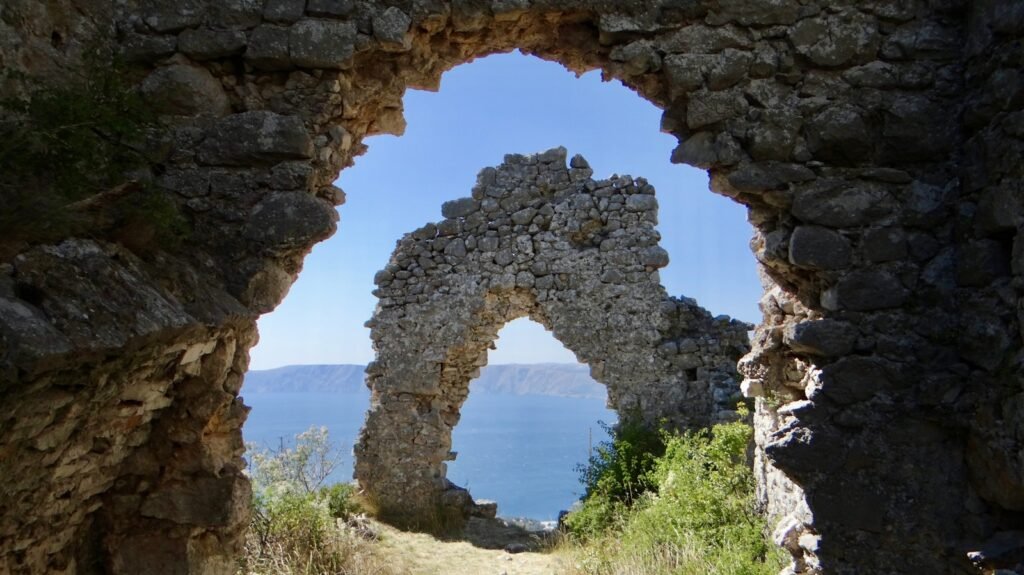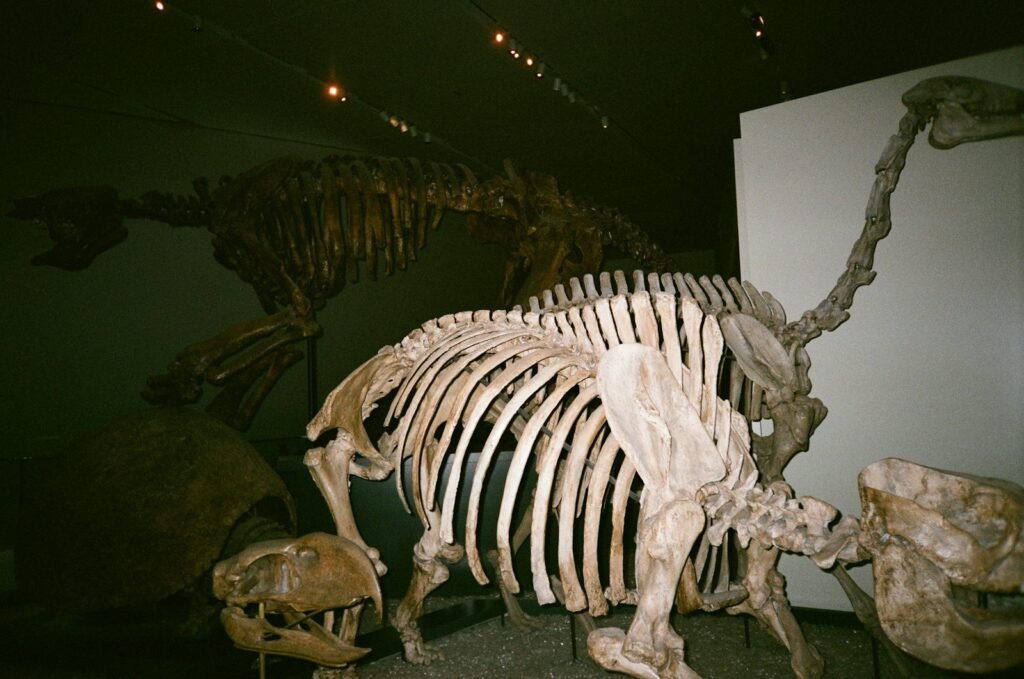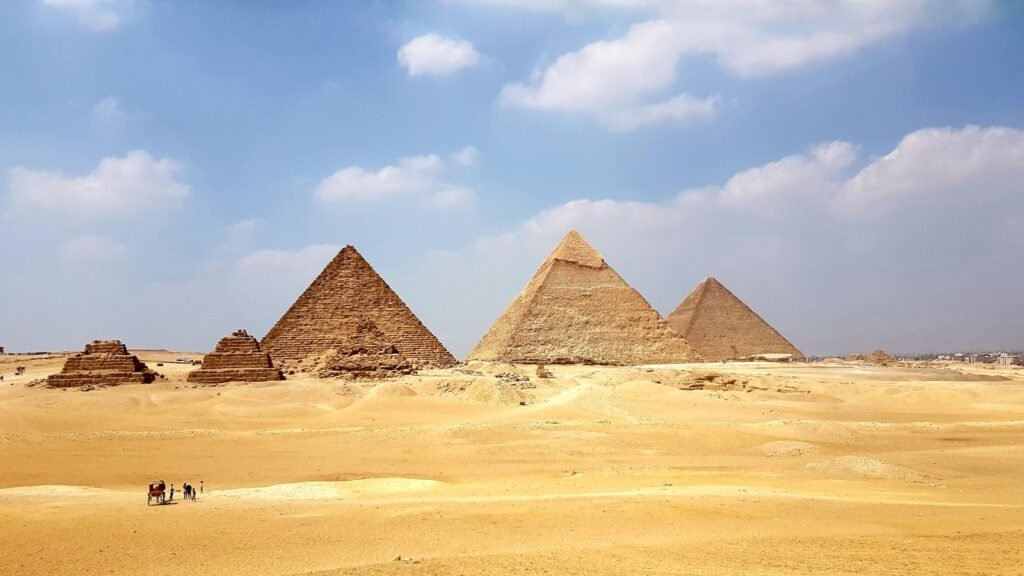Archaeology keeps pulling trapdoors under our assumptions, and the floor keeps dropping. For much of the last century, tidy timelines told a neat story of how complex societies appeared in a few obvious hotspots. Then a wave of discoveries – some underwater, some carved from bedrock, others traced from the sky – began to redraw the map. Remote valleys, wind-scoured plateaus, and flooded deltas started speaking up, each whispering the same message: civilization was more widespread, more inventive, and more surprising than we thought. That shift isn’t just academic; it changes how we understand human potential, resilience, and ingenuity.
The Hidden Clues

Every ruin begins as a question mark in the landscape – a suspicious hill, a pattern in crops, a rumor in oral histories. I still remember the first time I loaded a lidar scan and watched an apparently ordinary forest peel back into a web of plazas and causeways; it felt like seeing with new eyes. The hidden clues can be as small as a shard of fired clay that doesn’t fit known styles or as big as a seismic shadow hinting at buried walls. When these anomalies line up across seasons, soils, and surveys, archaeologists start plotting trenches the way a detective strings red thread on a wall. The thrill isn’t about confirming what we expect; it’s in the moment a pattern refuses to behave, forcing us to consider a culture we didn’t even know to look for.
From Ancient Tools to Modern Science

Today’s digs are guided as much by laptops as by trowels. Archaeologists stitch together satellite imagery, ground-penetrating radar, magnetometry, and drone lidar to spot architecture hidden under forests or floodplains. Radiocarbon dating has been sharpened by updated calibration curves, while optically stimulated luminescence helps pinpoint when sediments last saw sunlight. Isotopes in bones and teeth trace diets and migrations, and ancient DNA – when preservation allows – reveals unexpected connections and long-distance kinship. The method is simple in spirit: layer independent lines of evidence until coincidence becomes vanishingly unlikely and a vanished city steps forward with a name, a date, and a story.
The Sites That Upended the Map

Some places have changed the conversation overnight, moving once-marginal regions into the center of world history. Others chip away quietly, one trench at a time, until a civilization emerges from the fog. Together, they show how complex societies flourished on islands, in deserts, beneath deltas, and across high plateaus that textbooks once treated as empty. Here are fifteen to watch – not a greatest-hits list, but a wider lens on ingenuity and reach. Each adds a piece to the mosaic of how people organized, traded, worshiped, engineered, and dreamed.
- Göbekli Tepe, Turkey: early monumental sanctuaries dating to the tenth millennium BCE, built by hunter-gatherers.
- Karahan Tepe, Turkey: a sister site expanding the Pre-Pottery Neolithic story beyond a single hill.
- Liangzhu, China: canals, dams, and jade workshops mapping an early state-level society in the Yangtze delta.
- Sanxingdui, China: a Bronze Age culture with striking ritual art, distinct from contemporaries nearby.
- Caral-Supe, Peru: monumental architecture along coastal valleys long before the Inca horizon.
- Sechín Complex, Peru: early stone monuments and plazas hinting at regional coordination.
- Dholavira, India: Indus urban planning with massive water storage in a harsh, seasonal landscape.
- Great Zimbabwe, Zimbabwe: stone-walled architecture anchoring trade across southern Africa.
- Mapungubwe, South Africa: hilltop power center linking interior goldfields with ocean trade.
- Nok sites, Nigeria: iron-age communities known for terracottas, signaling early metallurgy in West Africa.
- Nan Madol, Micronesia: a city of basalt columns built on tidal flats, stitched by canals.
- Thonis-Heracleion, Egypt: a submerged port city at the Nile’s mouth recovered by underwater archaeology.
- Derinkuyu, Turkey: a multilevel underground refuge showing urban-scale planning below ground.
- Sarazm, Tajikistan: a fourth-millennium BCE hub bridging Central and South Asian exchange.
- Shahr-e Sukhteh, Iran: a Bronze Age center with craft specialization on the edge of desert wetlands.
Debates in the Dirt

Discovery rarely arrives uncontested, and that’s healthy. New dates can shuffle chronologies, with labs cross-checking radiocarbon samples, re-running measurements, and double-blinding results to rule out bias. Claims of extreme antiquity or vast population sizes draw special scrutiny; archaeologists compare site formation processes, post-depositional disturbances, and the taphonomy of finds to keep extraordinary interpretations on a short leash. Some sites – especially those with poor preservation or complex layering – invite competing models that can take years to resolve. If that sounds slow, it’s by design; patience is the price of confidence when rewriting chapters of human history.
Global Perspectives

What’s striking is how diverse these solutions to local problems were. Island polities built with coral and columnar basalt while inland societies engineered terrace fields, reservoirs, and stacked streets. Trade routes stitched obsidian, jade, copper, shells, and ideas across hundreds of miles, long before the era of imperial highways. In climate-cramped zones, cities rose around wetlands and seasonal rivers, optimizing water with dams, sluices, and storage basins. The result isn’t a single arc from simple to complex, but a braided river of experiments, failures, and recoveries feeding into the wider story of civilization.
Why It Matters

These sites push back against the old myth that complexity only blooms in a few fertile cradles. They show that social innovation – whether in water management, ritual life, or regional trade – arose wherever people had reason to coordinate. The implications reach beyond the past: urban resilience, public works, and risk-sharing aren’t modern inventions, and we can study ancient successes and collapses as real-world stress tests. Compared with earlier models grounded in a handful of famous centers, the new map spreads credit, agency, and ingenuity more evenly across continents. That shift matters for education, heritage policy, and how communities see themselves in the long arc of human achievement.
From Field Notes to Data Points

Behind every headline site is a quiet revolution in data handling. Teams now log artifacts, soils, and samples with barcoded chains of custody, feeding shared repositories where peers can reanalyze and reproduce results. Big datasets – from lidar tiles to isotope baselines – let researchers test competing hypotheses rather than rely on single trenches or isolated finds. Even the humble field notebook has evolved into georeferenced records tied to high-resolution photogrammetry. The outcome is less about flashy tech and more about accountability: if a claim holds up across methods, labs, and seasons, it earns its place on the map.
The Future Landscape

The next wave is already forming at the intersection of sensors and models. Wider lidar coverage in tropical and temperate forests will continue to surface earthworks, causeways, and settlement grids that vegetation conceals. Underwater, multibeam sonar and sub-bottom profilers are pulling entire ports and neighborhoods from beneath river mouths and continental shelves. Machine learning is helping triage satellite imagery, flagging anomaly clusters for human review, while improved dating tools refine timelines to the scale of lifetimes rather than centuries. The global implication is plain: as detection costs drop, the number of “unknown” civilizations may shrink faster than anyone expected.
Call to Action

Readers can help keep this momentum honest and humane. Support local museums and site conservancies that protect places like Great Zimbabwe, Nan Madol, or Dholavira from looting and erosion. If you live near mounds, earthworks, or old canals, respect boundaries and report finds rather than collecting them – context is the science. Consider contributing to open heritage projects that catalog sites, old maps, and aerial photos; even careful transcription work can unlock patterns. And when new claims surface, celebrate the curiosity while asking the good questions: how was it dated, what’s the sample size, and can another team reproduce the results?

Suhail Ahmed is a passionate digital professional and nature enthusiast with over 8 years of experience in content strategy, SEO, web development, and digital operations. Alongside his freelance journey, Suhail actively contributes to nature and wildlife platforms like Discover Wildlife, where he channels his curiosity for the planet into engaging, educational storytelling.
With a strong background in managing digital ecosystems — from ecommerce stores and WordPress websites to social media and automation — Suhail merges technical precision with creative insight. His content reflects a rare balance: SEO-friendly yet deeply human, data-informed yet emotionally resonant.
Driven by a love for discovery and storytelling, Suhail believes in using digital platforms to amplify causes that matter — especially those protecting Earth’s biodiversity and inspiring sustainable living. Whether he’s managing online projects or crafting wildlife content, his goal remains the same: to inform, inspire, and leave a positive digital footprint.




